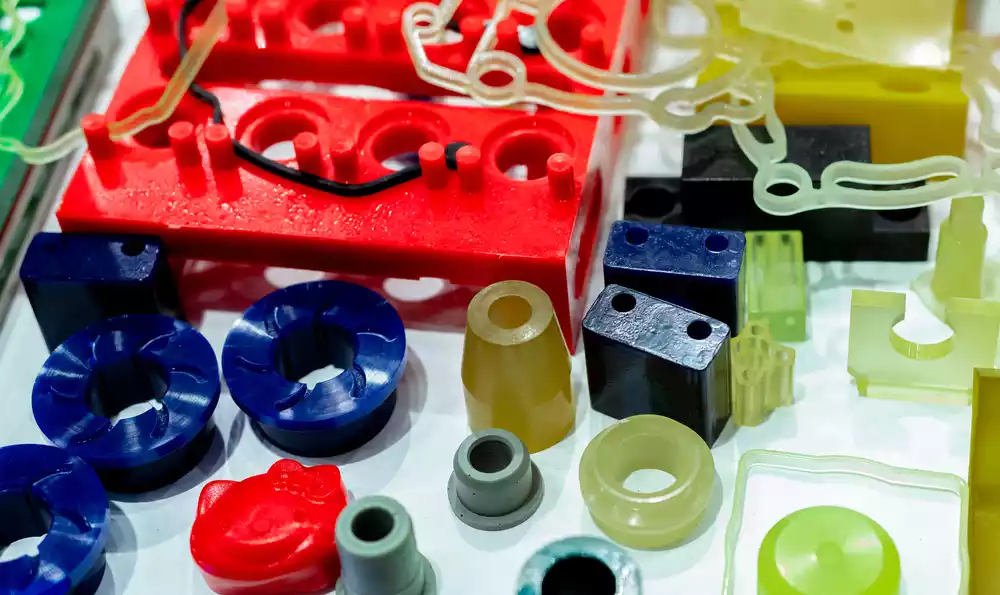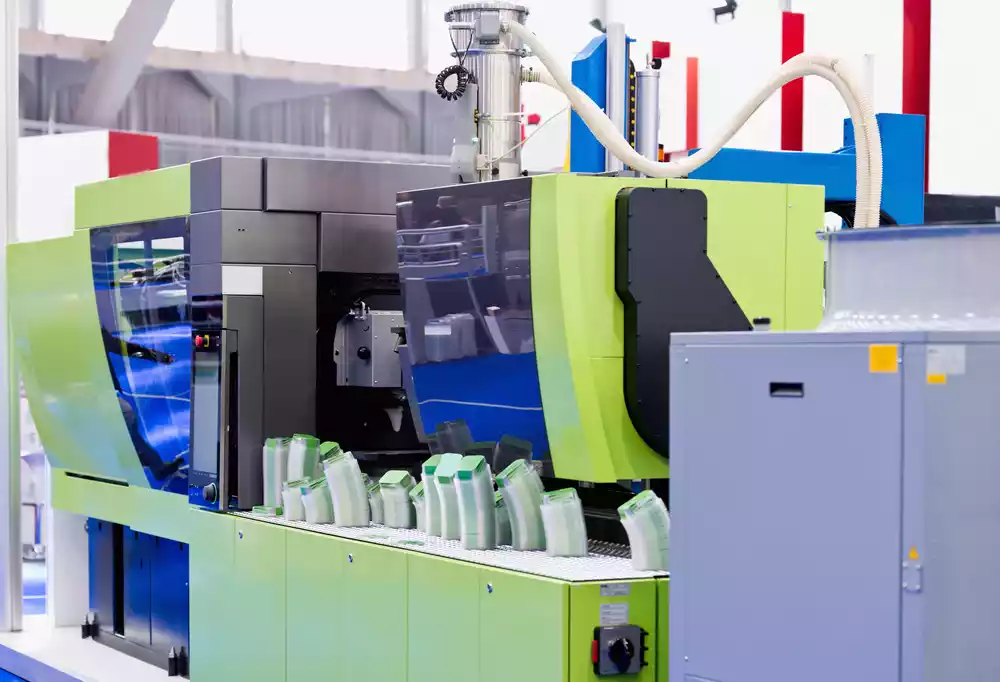
When it comes to protecting the most delicate electronic components, precision and security are everything. This is where low-pressure molding comes into play, a cutting-edge technique that has revolutionized how high-tech industries encapsulate and protect their creations. This process not only shields components from environmental damage but also significantly optimizes production. Through this method, a hermetic seal and robust protection are achieved without the risk of damaging the most sensitive parts, something that traditional molding processes often cannot guarantee.
We will explore in depth what this process is, how it improves production, its evolution over the years, and why it is of vital importance, especially in high-tech areas like Arizona.
What is Low-pressure molding?
Low-pressure molding is an encapsulation process that uses low-viscosity, low-temperature thermoplastic resins to seal and protect electronic components. Unlike traditional molding methods that use high pressures and temperatures, this process is extremely delicate. It uses a thermoplastic molding material, such as hot melt adhesives, which are heated and injected into a mold at a very low pressure, gently enveloping the component or cable assembly. The injection pressure is so low, often less than 600 psi, that it does not cause deformation or stress on delicate parts such as semiconductors, sensors, or fine wires.
The material solidifies almost instantly upon cooling, creating a durable protective layer that adheres perfectly without causing mechanical stress or thermal damage to sensitive parts. This seal not only provides excellent protection against moisture, dust, vibrations, and chemicals but also acts as an electrical insulator and offers crucial strain relief for connections.
How this process improves production: quantity and quality
The main advantage of low-pressure molding lies in its ability to improve production on two key fronts: quantity and quality.
-
In quantity (efficiency):
The cycle times are incredibly short, often just seconds. This allows for large-scale serial production, accelerating the manufacturing speed and reducing labor costs per unit. The speed of the process is due to the molding material solidifying quickly, allowing the part to be removed from the mold almost immediately. In addition, molds can be designed to produce multiple parts at once, further increasing production capacity and workflow efficiency on the assembly line.
-
In quality (protection):
The protection offered by the low-pressure molding process is unparalleled. The sealed layer acts as a barrier against moisture, dust, and chemicals, which is vital for the final product’s durability. It also provides excellent strain relief, protecting connections from vibrations and movement, thus prolonging the product’s lifespan. This translates into more durable and reliable final products, significantly reducing failures, warranty returns, and associated after-sales service costs. The high quality of the seal can also improve device performance, as the risks of short circuits or intermittent failures caused by external factors are eliminated.

Advances over the years and the evolution of low-pressure molding
Low-pressure molding has evolved significantly since its inception, driven by the growing demands of the electronics industry, which seeks increasingly smaller, denser, and more robust components.
-
More advanced materials:
The first major evolution was in molding materials. Hot melt polymers have drastically improved in their heat resistance, flexibility, and flame-retardant properties. There are now more sustainable, biocompatible, and less toxic options that are adapted for specialized applications, such as medical-grade or food industry uses. For example, polyamide-based materials offer high thermal and chemical resistance, while polyurethane and polyvinyl acetate resins are ideal for more flexible encapsulations.
-
Automation and precision:
Molding machines have become more sophisticated and automated, allowing for more precise control over temperature and pressure, which ensures consistent and high-quality results in every production cycle. Modern control systems allow operators to monitor and adjust parameters in real-time, minimizing the risk of human error.
-
More complex applications:
The ability to mold more complex geometries and protect smaller, denser components has opened the door to its use in a wider range of devices, from automotive connectors to miniature circuits. Advances in mold design and injection technology have made it possible to encapsulate delicate components, such as MEMS sensors and radio frequency (RF) modules, without causing any damage.
Industries benefiting from the process
The low-pressure molding process is a pillar in several high-tech industries due to its ability to protect the integrity of components in demanding environments.
-
Automotive industry:
It is fundamental for protecting sensors, electronic control units (ECUs), cable harnesses, and connectors from moisture, engine vibrations, extreme temperatures, and chemicals. This technique is used to seal everything from tire pressure sensors to headlight control modules, ensuring reliable performance under severe conditions.
-
Medical sector:
It is used to encapsulate sensors and connectors for medical equipment that must be durable, sterile, and biocompatible, such as those used in patient monitoring or surgical tools. This process’s ability to create a hygienic seal that is resistant to sterilization makes it ideal for devices that come into direct contact with patients.
-
Aerospace and defense:
Electronic components in aircraft, satellites, and defense systems must withstand extreme temperatures, pressure, and vibration. Low-pressure molding is the ideal solution for encapsulating printed circuit boards (PCBs) and cable harnesses, ensuring that critical systems do not fail in hostile environments.
-
Consumer electronics:
It is used for the protection of portable devices, smartwatches, headphones, and other gadgets, making them water-resistant and impact-resistant. This technique allows for a more compact design and greater durability, which consumers value enormously.

The importance of the process in Arizona
Arizona is a key hub for high-tech manufacturing in the United States, with a robust ecosystem in the defense, aerospace, and automotive sectors. The demand for cable assembly in Arizona is immense, as companies seek reliable and high-performance solutions for their complex systems.
Here, low-pressure molding becomes a strategic asset. The ability to encapsulate cable harnesses and components efficiently and with maximum durability gives manufacturers a competitive advantage to meet the strict demands of the local industry. In an environment where reliability, time-to-market, and environmental resistance are decisive factors, mastering the low-pressure molding process is fundamental to maintaining a leadership position in the market. Arizona’s companies, serving the most demanding markets, rely on this technology to guarantee the longevity and performance of their products, reinforcing their reputation for excellence.
